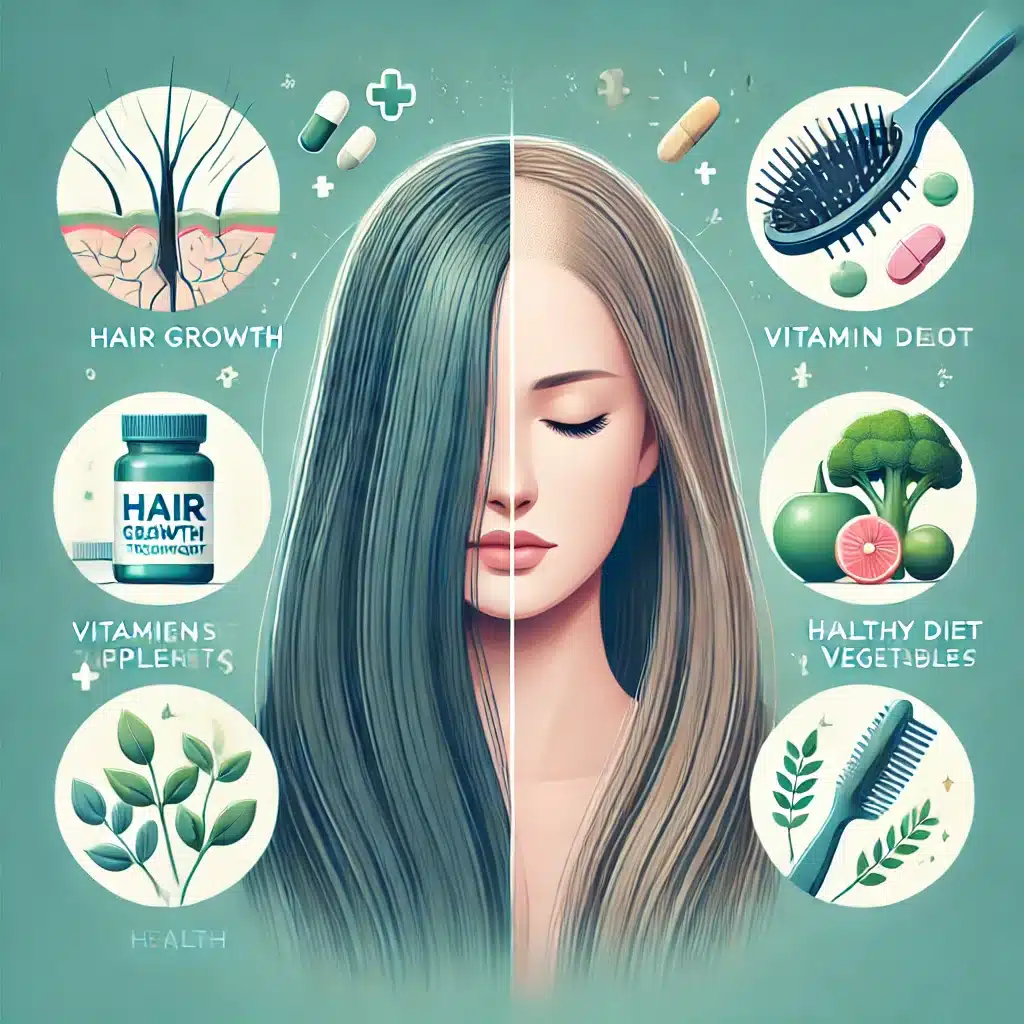Thinning hair can be a distressing experience for many, affecting both confidence and self-image. Whether it’s due to genetics, lifestyle factors, or underlying health conditions, the good news is that there are effective ways to address it. In this blog, we’ll explore the most common causes of thinning hair, delve into proven treatments, and offer practical tips to prevent further hair loss. Let’s help you regain not just your hair, but also your confidence.

Introduction:
Are you struggling with thinning hair or looking for ways to regenerate lost hair? You’re not alone. Many people face hair loss at various stages of life, and finding effective solutions can be challenging. In this blog post, we’ll explore ten proven strategies for hair regeneration and offer practical tips to help you combat thinning hair. Whether you’re dealing with genetic hair loss or other factors, these strategies can help you take control of your hair health.
Background Information
What is Hair Regeneration? Hair regeneration refers to the process of stimulating hair growth or reversing hair loss. This can involve a variety of treatments and lifestyle changes aimed at improving the health of your hair follicles and promoting new hair growth.
Why is it Important? Hair loss can impact self-esteem and confidence. Understanding and addressing the underlying causes of hair thinning can lead to more effective treatments and better overall hair health.
1. Maintain a Balanced Diet
A nutritious diet plays a crucial role in maintaining healthy hair. Incorporate foods rich in vitamins and minerals such as:
- Iron: Found in spinach and red meat.
- Vitamin D: Present in fatty fish and fortified dairy products.
- Omega-3 Fatty Acids: Found in nuts and seeds.
2. Scalp Massage
Regular scalp massages can stimulate blood flow to hair follicles and promote hair growth. Use gentle circular motions with your fingertips for a few minutes daily to enhance circulation and encourage regeneration.
3. Use Hair Growth Products
Over-the-counter products such as minoxidil have been shown to be effective in promoting hair growth. These topical treatments can help stimulate hair follicles and reduce hair loss.
4. Avoid Heat and Chemicals
Excessive use of heat styling tools and chemical treatments can damage hair and contribute to thinning. Limit the use of hair dryers, straighteners, and harsh chemical treatments to maintain hair health.
5. Stay Hydrated
Adequate hydration is essential for overall health, including hair health. Drink plenty of water throughout the day to keep your hair hydrated and support healthy growth.
6. Consult a Dermatologist
If you’re experiencing significant hair loss, it’s important to consult a dermatologist. They can help diagnose any underlying conditions and recommend appropriate treatments.
7. Consider Hair Restoration Procedures
For more severe cases of hair loss, consider professional treatments such as hair transplants or laser therapy. These procedures can offer more permanent solutions and help restore a fuller head of hair.
8. Manage Stress
Chronic stress can contribute to hair loss. Practice stress-management techniques such as meditation, yoga, or deep-breathing exercises to reduce its impact on your hair.
9. Use Gentle Hair Care Products
Opt for shampoos and conditioners designed for sensitive or thinning hair. Avoid products with harsh ingredients that can cause further damage.
10. Get Regular Exercise
Regular physical activity improves overall blood circulation, including to your scalp. Exercise can help support healthy hair growth and contribute to a more balanced, healthy lifestyle.
Expert Insights
Dr. Sarah Thompson, a dermatologist specializing in hair loss, states, “Addressing hair loss requires a multifaceted approach, including dietary changes, proper hair care, and sometimes medical treatments. Combining these strategies can yield the best results.”
Tips and Best Practices
- Avoid Tight Hairstyles: Hairstyles that pull on your hair can cause stress and breakage.
- Protect Your Hair from Sun Damage: Wear a hat or use UV-protectant hair products to shield your hair from harmful sun rays.
- Regular Trims: Keeping your hair trimmed can help prevent split ends and promote healthier growth.
Conclusion
Incorporating these ten strategies into your routine can significantly improve your hair health and combat thinning hair. Remember, results may vary, and it’s important to find a combination of approaches that works best for you. Start implementing these tips today, and take the first step towards healthier, fuller hair.
